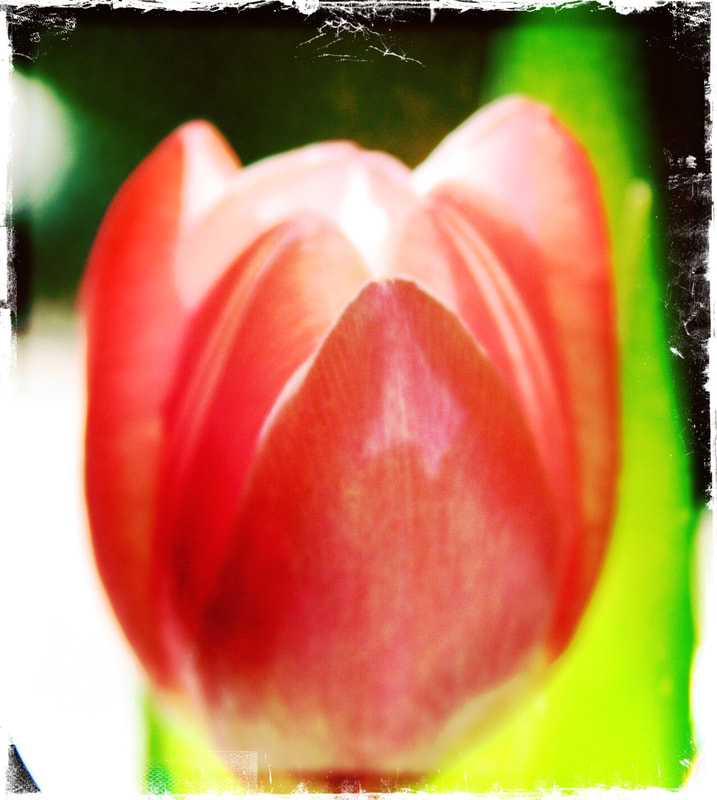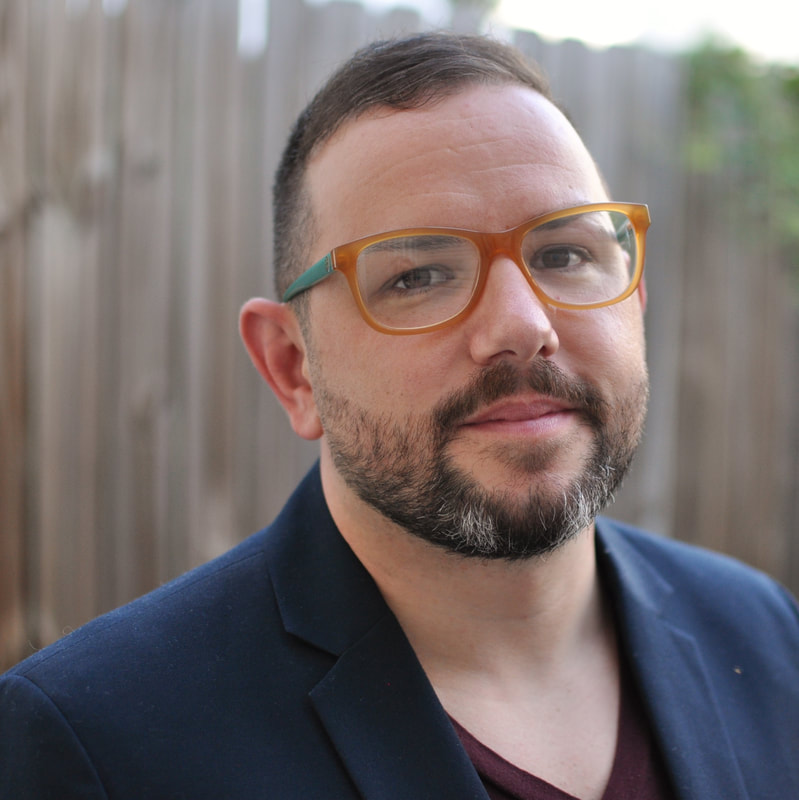ASSAY: A JOURNAL OF NONFICTION STUDIES
5.1
5.1
|
The newest director of our creative writing program walked into my office and closed the door. She told me that the creative nonfiction writing workshop I’d taught the previous semester would be my last. The program agreed that my approach didn’t really count as creative writing. “Our students are expecting a different experience,” she explained. “We approach creative nonfiction as memoir . . . we don’t really require research.” Oral history was considered more akin to journalism and sociology than creative writing, she said.
Compartmentalizing nonfiction as related to only certain methods and rhetorical processes feels like colonizing the domains of creativity. And yet, Crystal Fodrey, a nonfiction writer and writing studies scholar, explains in “Teaching CNF Writing to College Students: A Snapshot of CFP Pedagogical Scholarship” that writing as discovery and also as agency, is “a transactional, rhetorical subject position” made possible by the genre of creative nonfiction, “a position that can simultaneously uphold the agency of the individual writer and the power of public, action-oriented prose.” For many creative writing programs, practice is the discipline’s central research methodology, a position Nicola Boyd indicates continues to marginalize and invalidate creative writing as an academic discipline. Practice as the only needed research implies that we are “muse-ridden” and “that only those who write or produce art can engage with the key methodology of the discipline. . . . It suggests that in creative arts[,] research comes predominantly out of practice––discounting contributions about broader disciplinary issues” (5). The creative process is with good reason considered a dominant research methodology in creative writing, but I question the field’s tendency to frame alternative research methods as unnecessary. Theorizing creative writing pedagogy beyond the workshop model has taken decades and been produced primarily by composition and rhetoric scholars (Anderson, Bishop and Ostrom, Ritter and Vanderslice). Fodrey asserts that the discipline of creative writing values creative publications more than scholarly ones in terms of promotion and tenure, which means “theory and practice-centric scholarship by creative writers has been few and far between . . . [thus] perpetuat[ing] a cycle of creative writing teachers teaching without much guidance.” Additionally, in The Writer’s Chronicle, Steve Healey draws attention to the rising tide of creative writing students at a time when the number of English majors, in general, is plummeting, and yet “missing from the impressive success story of Creative Writing is an equally strong attention to its pedagogy and theory; in other words, the field has tended to avoid thinking about how it teaches and what assumptions it has about language and literature” (30). A disconnect exists “between the disciplinary positionality of those who teach the majority of CNF [creative nonfiction] writing courses and the disciplinary positionality of the majority of those who have written about teaching college students to write CNF over the last two and a half decades” (Fodrey). This position limits student success and exploration, and the lack of democratic understanding of writing as teachable creates boundaries around who is considered “qualified” to use creative writing pedagogies in the classroom and what “counts” as creative writing. Like many practitioners, I consider oral history a feminist methodology, given its political commitment to documenting the margins and bringing light to stories that may contradict or contest dominant histories. Even though most of our participants identified as white, and many of them as middle class, we attempted—often in follow up interviews—to use their positionality as a lens for understanding interracial community-building and social customs governing who could marry whom and who seemed located at the margins of society and why. Students were expected to document but not confront individual bias or stereotypical thinking, and upon reviewing the transcripts it was clear that two students, in particular, were especially savvy in bringing their participants into deep conversations about evolving ideological shifts in terms of race. “Where do you think that belief came from?” a student asked a participant who said interracial marriage felt “wrong.” Though the student wrote in a reflection memo that the silence following her question “almost killed me,” the research participant spoke up about the inherited racism of her parents and how they used the Bible to justify such beliefs. This research informant explained that, all these years later, her mind told her that she was accepting of interracial marriage, but in her storytelling she had spoken with this inherited belief about what feels right and wrong. I’m not sure how to measure the outcome value of mutual emotional vulnerability shared across generational and social class boundaries, but the dialogue captured in the interview transcript read as courageous. Oral history research methods and rhetorical studies are essential to the work of creative writing. Such research methods can build empathy and critical consciousness among writing students while also honing their creative writing skills and personal inspiration. First-person narrative is a rather traditional mode of inquiry for anthropologists and sociologists to inform their academic writing (Smith and Jackson). Likewise, in the field of cultural and social geography, oral history is emerging as a vital academic approach for politically committed social historians (Riley and Harvey, Tedlock). Many novelists, even, rely on oral history and interview research to inform their writing, including Dave Eggers, Anna Funder, Tobias Hecht, and Padma Viswanathan. In fact, oral history infiltrates most art disciplines including visual arts (Sandino and Partington, Kwan), dance (Debenham), poetry (Glesne, Richardson), and theatre (Epstein, Paget). Creative writing workshops and symposiums devoted to oral history have emerged in the past five years, including the Oral History Summer School, which began in 2012 in Hudson, NY, Concordia University’s “Oral History and Creative Writing: Producing Place,” and Lethbridge University’s writer workshop “Using Oral Histories to Write Creative Nonfiction.” The presence of oral history within creative writing education programs and publications attests to its validity as a mode of inquiry. By integrating oral history research into the creative nonfiction workshop—as a research methodology and also a subject for study—I hoped that creative writing students could collect distinct stories about the history and people of a particular area in our city that was experiencing significant gentrification and social change. By using oral history as a mode of inquiry, the students learned valuable things about crafting narrative structure, cultivating ethos as a writer and researcher, and packaging complex, racialized histories into character stories.
|
|
Amanda Wray is an associate professor at University of North Carolina Asheville where she teaches writing, rhetoric, and women, gender, and sexuality studies courses in addition to serving as Director for The Key Center for Community Engaged Learning. She is an oral historian and activist who focuses her research on individual agency within the everyday to interrupt oppressions.
|

